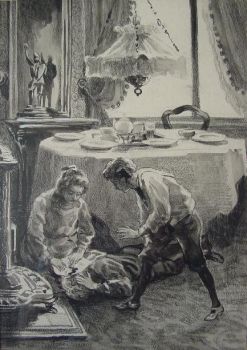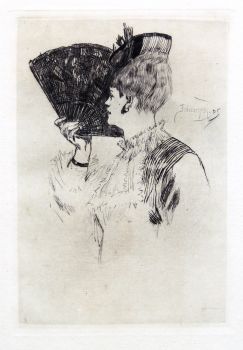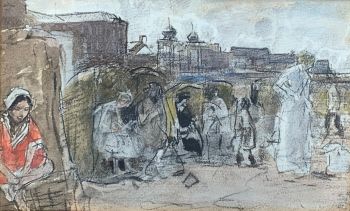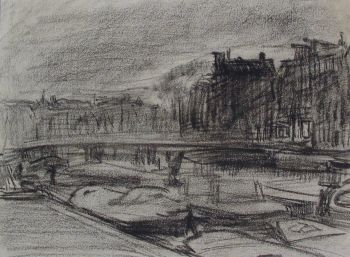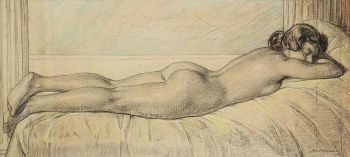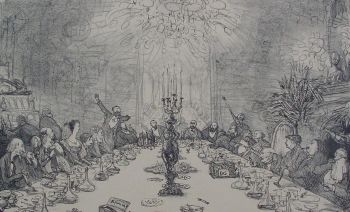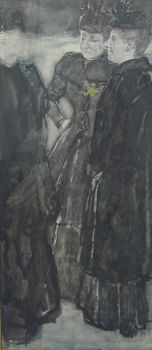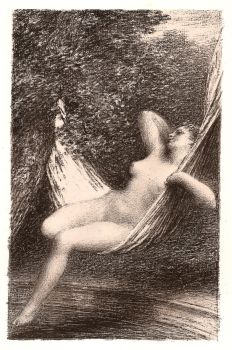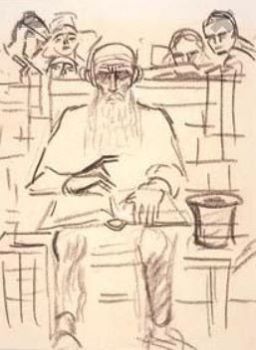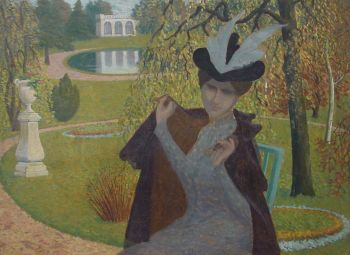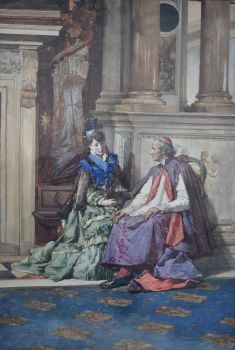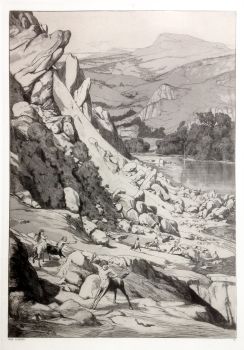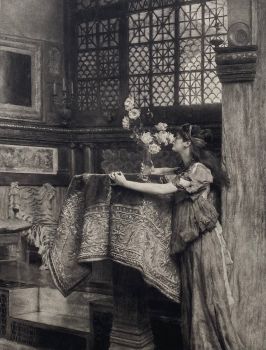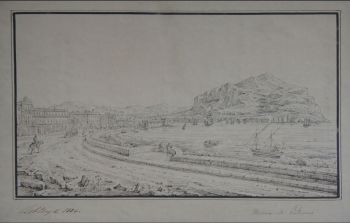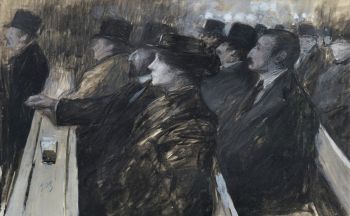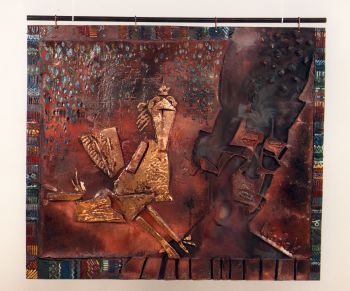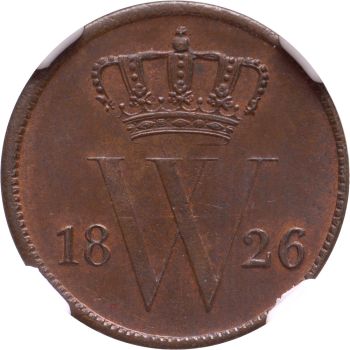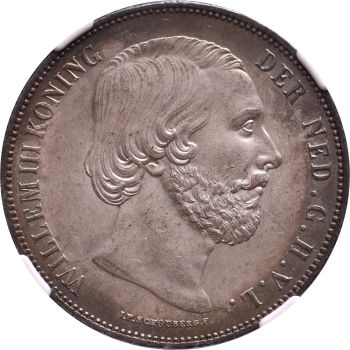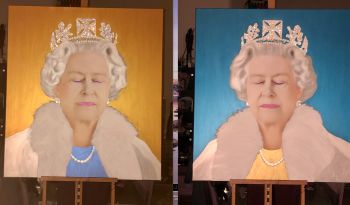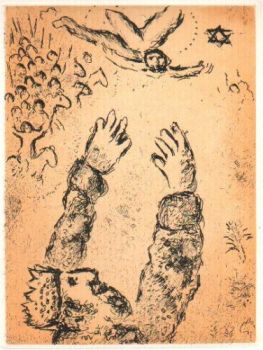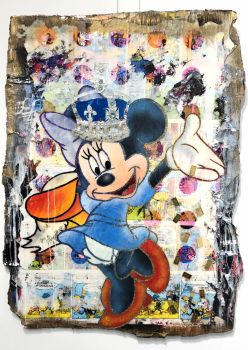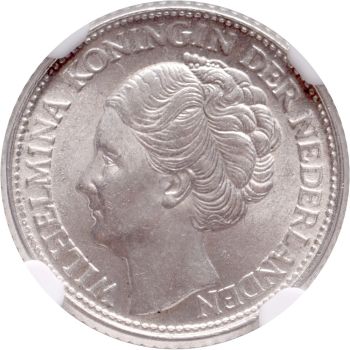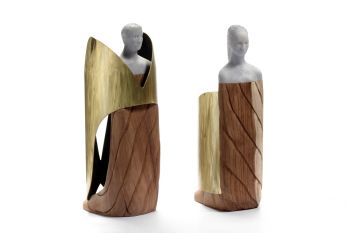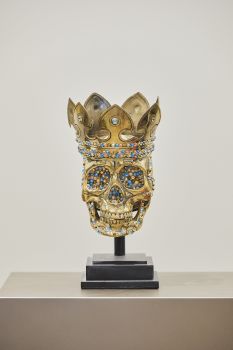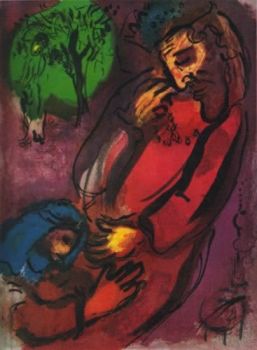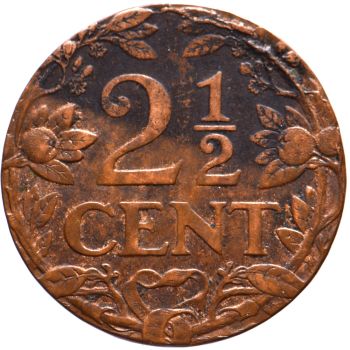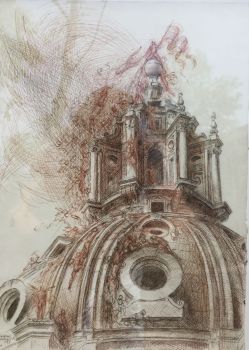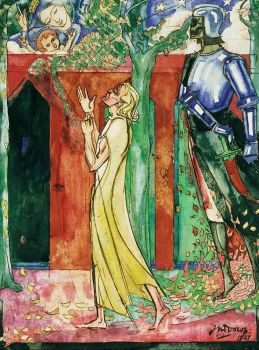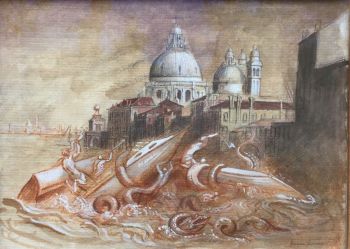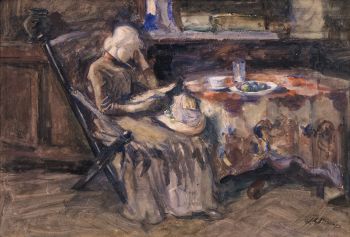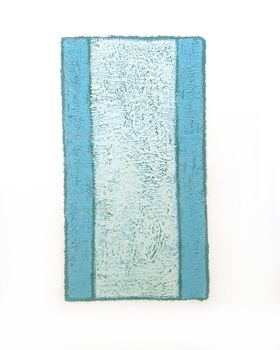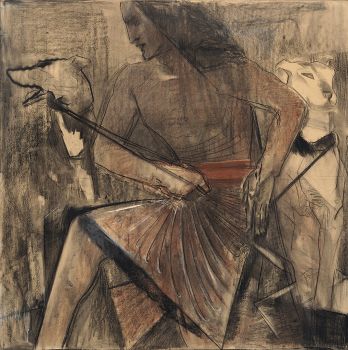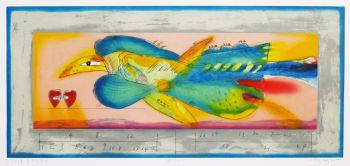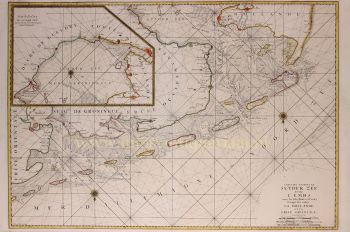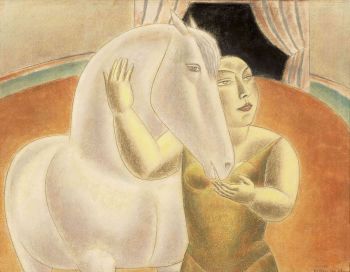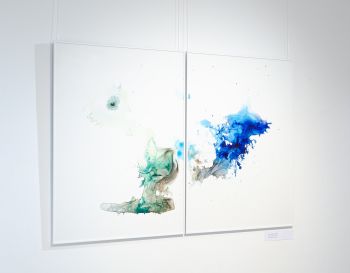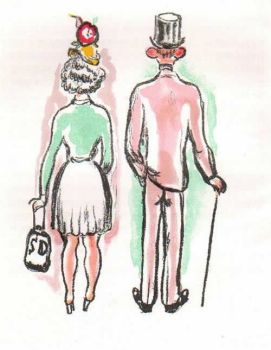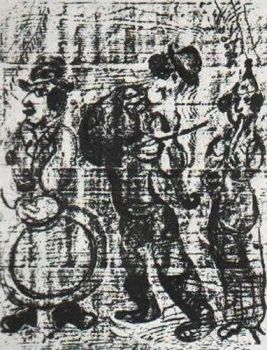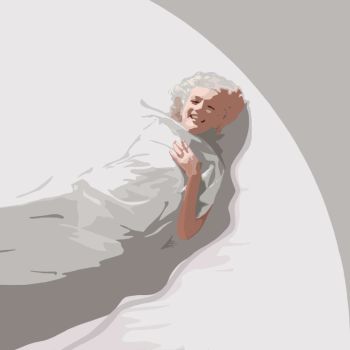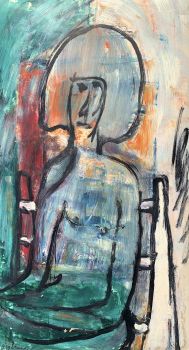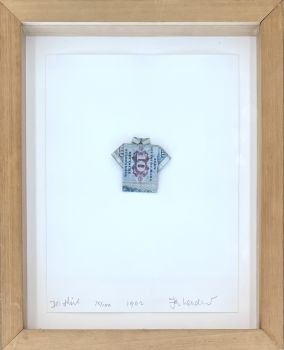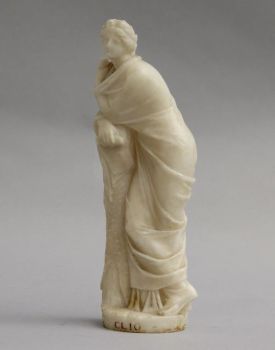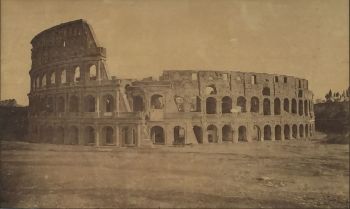Portrait of a Princess of Hesse 1808
Jean-Baptiste Isabey
InkPaperPenWatercolour
19 ⨯ 15 cm
€ 2.850
Robert Schreuder Antiquair
- About the artworkJean-Baptiste Isabey (Nancy 1767-1855 Paris): Portrait of a Princess of Hesse, signed and dated 'Isabey 1808' (faded, lower right). Pencil and watercolour on paper. Our elegant watercolour has been called a Princess of Hesse ever since its exhibition in the Rijksmuseum in 1929 (or even before that). We do not know where this attribution comes from or which princess this might be as the noble family of Hesse had many branches and family members. However, we noticed that the sitter has very great resemblance to Louise von Baden, who herself was not a princess of Hesse but whose mother was. The form of her face, the mouth, eyes and hair are all very similar to Louise who is better known as Empress Elizaveta Alexeevna of Russia, wife of Tsar Alexander I.
Exhibited
Amsterdam, Rijksmuseum, Tentoonstelling van Oude Kunst, 1929, cat. no. 224
Literature
Catalogue, Tentoonstelling van Oude Kunst, 1929, catalogue number 224
D. Hannema, Catalogue of the H.E. Ten Cate Collection, Rotterdam, 1955, p. 138, no. 247 - About the artistAt the age of nineteen, after some lessons from François Dumont, miniature painter to Queen Marie Antoinette, he became a pupil of Jacques-Louis David. Employed at Versailles on portraits of the dukes of Angoulême and Berry, he was given a commission by the queen, which opens the long list of those he received from successive French rulers until his death in 1855.
Patronized by Josephine and Napoleon Bonaparte, he arranged the ceremonies of their coronation and prepared drawings for the publication intended as its official commemoration, a work for which he was paid by Louis XVIII, whose portrait (engraved by Debucourt) he executed in 1814. Although Isabey did homage to Napoleon on his return from Elba, he continued to enjoy the favour of the Restoration, and took part in arrangements for the coronation of Charles X.
The July Monarchy conferred on him an important post in connection with the royal collections, and Napoleon III granted him a pension, and the cross of commander of the Legion of Honor. Review of Troops by the First Consul was one of his most important compositions, and Isabey's Boat – a charming drawing of himself and family-produced at a time when he was much occupied with lithography – had an immense success at the Salon of 1820 (engraved, Landon, Annales, i. 125). His portrait of Napoleon at Malmaison is held to be the best ever executed, and even his tiny head of the king of Rome, painted for a breast-pin, is distinguished by a decision and breadth that show the hand of a master.[1]
A biography of Isabey was published by Edmond Taigny in 1859, and Charles Lenormant's article, written for Michaud's Biog. Univ., is founded on facts furnished by Isabey's family.
His son, Eugène, also became a well known painter.
Some exhibitions:
Jean-Baptiste Isabey : portraitiste de l'Europe. Octobre 2005-janvier 2006, Musée du Château de Malmaison
Jean-Baptiste Isabey : portraitiste de l'Europe. 28 janvier 2006-18 avril 2006, Musée des Beaux-Arts de Nancy.
Are you interested in buying this artwork?
Artwork details
Category
Subject
Style
Material & Technique
Colour
Related artworks
Unknown artist
Set Franse Empire Pendules / Empire Lectura penduleearly 19th
Price on requestKuipers Kunst & Antiek
Unknown artist
18th Century Diamond Bracelet with 2000-year-old Intaglios1790
€ 23.000Adin Fine Antique Jewellery
 Curated by
Curated byDanny Bree
1 - 4 / 15Jan Voerman sr
Still Life with flowers in a Chinese figurine1850 - 1900
Price on requestKunsthandel Pygmalion
Jan Sluijters
Original illustration of Sluijters for the book: 'Laura's opstel'1881 - 1957
Price on requestKunsthandel Pygmalion
Carel Nicolaas Storm van 's Gravesande
View on Venice1841 - 1924
Price on requestKunsthandel Pygmalion
Albert Clouard
Élégante à la cape (Elegant lady with a cloak)1866 - 1900
Price on requestKunsthandel Pygmalion
1 - 4 / 24Unknown artist
18th Century Diamond Bracelet with 2000-year-old Intaglios1790
€ 23.000Adin Fine Antique Jewellery
 Curated by
Curated byDanny Bree
1 - 4 / 24- 1 - 4 / 24
- 1 - 4 / 12



















